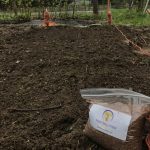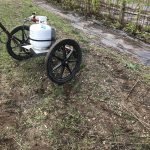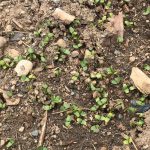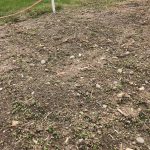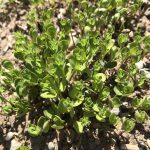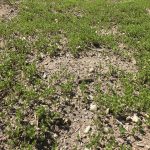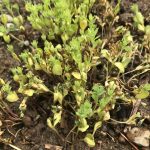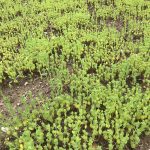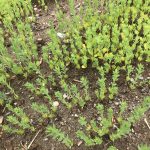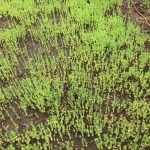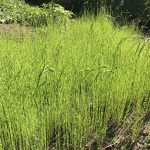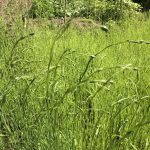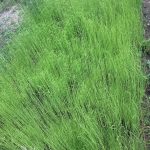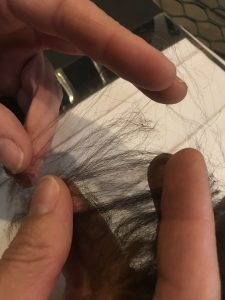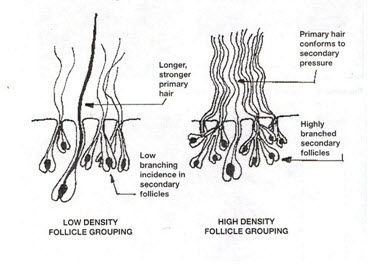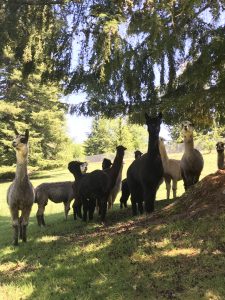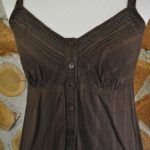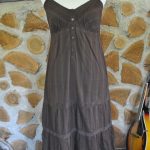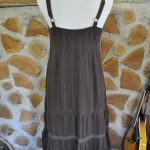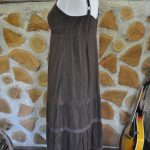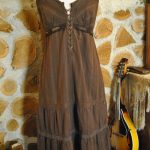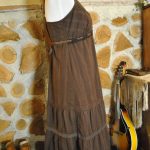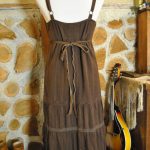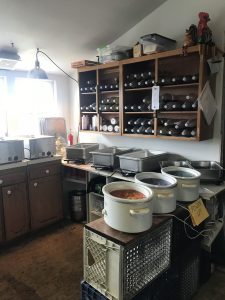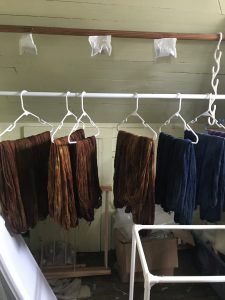For this quarter’s SOS project: Sustainability in Textile Production and Clothing Design, I decided to put the theorizing I did about sustainability in fashion during last quarter into action. Over the past 10 weeks, I have had the opportunity to experience textile and clothing production in three different areas: a full scale wool mill, flax production, and upcycling as well as to continue to broaden my understanding of the science and mechanics behind each method.
My internship with Olympic Yarn and Fiber consisted of many great learning experiences for me. I began the quarter with little to no experience working mill equipment, but Lynn, the owner and operator of the mill has been so incredibly helpful in teaching me the ins and outs of working with machinery. I now understand each of the steps in the yarn production process thoroughly and am able to work the basics of most of the equipment without supervision. In addition to the mill work, I was able to learn about fiber dying (both natural & synthetics) as well as basic animal husbandry concepts for alpaca care. In my personal studies, I was able to begin to explore the energy usage of mills and how that relates to fossil fuel consumption. To supplement these activities I read materials including titles such as Fibre Production in South American Camelids and Other Fibre Animals, the Alpaca Handbook, a Mechanistic Model of Energy Consumption in Milling, etc.
At the beginning of the quarter, I sowed 0.5lbs of flaxseed (Agatha variety from Fibrevolution) in a 10 x 5 foot bed and have been tracking the growth since. My intention in growing the flax is to eventually produce a sample of linen. Over the course of the quarter I was able to track the growth and resource usage of cultivating fiber flax. It has been really helpful for me to see the fiber process through from plant to fabric. I have really only begun this process since my flax to linen project will be continuing into the summer, but I have used to time to read up on the crop through the Flax Council of Canada’s growing guide and have familiarized myself with the conditions necessary to help them thrive. Reading about flax has also helped me to learn about the crops impact on a larger scale.
Finally, the upcycling portion of my project proved to be the most rewarding so far. I was able to learn quite a lot about approaching design from a sustainability standpoint through reading books like Refashioned and Zero-waste Fashion Design in order to help me design my own completely upcycled pieces. The goal of this portion was to “slow down” the fashion process and practice mindfulness in every step of my design process, and I am incredibly happy with the finished results. I was able to successfully finished designing and altering a raw silk corset-ed vest as well as a sun dress inspired by antique Edwardian underdresses. For both of these pieces I used entirely recycled materials. I am incredibly pleased with the final products, both from a sustainability perspective and from an aesthetic one. I did not have much experience with upcycling in the past, at least upcycling for a purpose, so I’ve learned a lot about pattern drafting and how to use as much fabric as possible in order to save resources and money.
This quarter I chose to dive into three different areas that I had limited experience with previously and I am thrilled to look back and see how my understanding has broadened in such a short amount of tim
